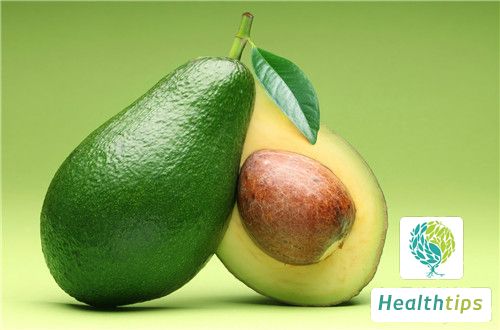What Are the Chinese Herbal Medicines for Stopping Bleeding?
In daily life, slight inattention can lead to skin trauma. When encountering skin trauma, timely use of hemostatic drugs can accelerate the speed of hemostasis and promote wound healing. Generally speaking, there are many hemostatic drugs commonly used in daily life, most of which are western medicine products. In fact, many traditional Chinese medicines also have the effect of hemostasis and resolving blood stasis, such as Wu Cao and San Qi Shen. The traditional Chinese medicines that mainly function to stop internal and external bleeding are called hemostatic drugs. According to their medicinal properties and characteristics, they can be divided into four categories: cooling blood to stop bleeding, resolving blood stasis to stop bleeding, astringent hemostasis, and warming meridians to stop bleeding.

The choice of hemostatic drugs depends on the specific cause, condition, and location of bleeding. Therefore, the application of hemostatic drugs must be tailored according to the different causes and conditions of bleeding, with appropriate selection and necessary compatibility to achieve both symptomatic and fundamental treatment. For example, for bleeding caused by excessive heat in the blood, it is advisable to choose cooling blood hemostatic drugs and combine them with heat-clearing and blood-cooling drugs. For bleeding caused by yin deficiency and yang hyperactivity, it is advisable to combine drugs that nourish yin and reduce fire, as well as nourish yin and subdue yang. For bleeding caused by internal blockage of blood stasis, it is advisable to choose drugs that resolve blood stasis to stop bleeding and combine them with drugs that promote qi and activate blood circulation. For bleeding caused by deficiency cold, it is advisable to choose drugs that warm the meridians to stop bleeding or astringent hemostatic drugs, and combine them with drugs that tonify qi, strengthen the spleen, and warm the yang.



















